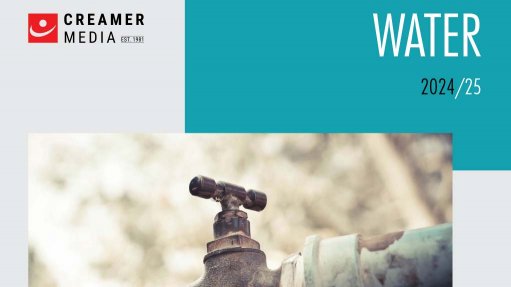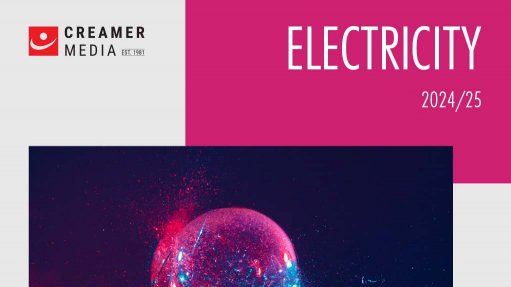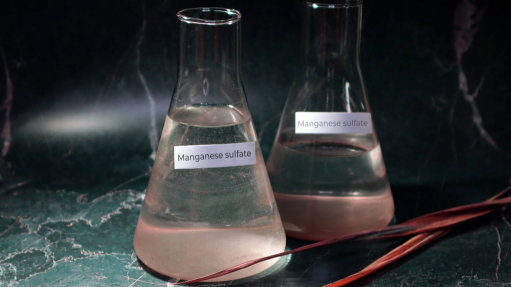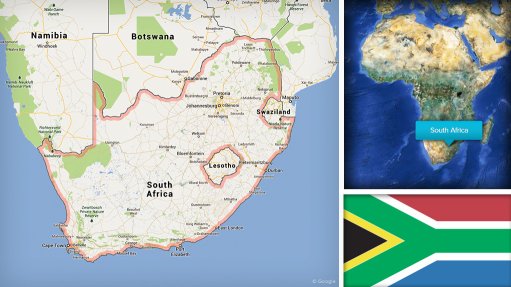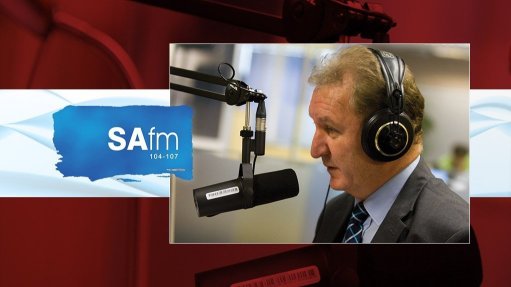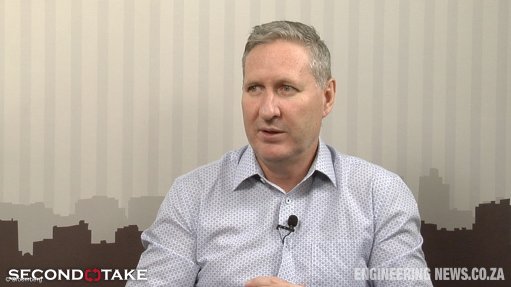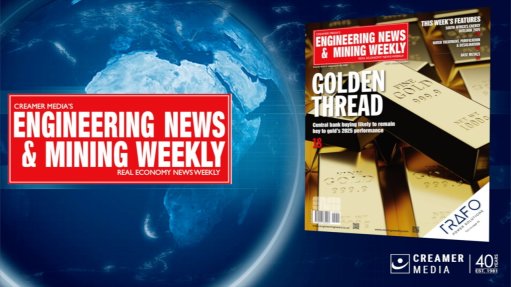IAEA launches microplastic pollution research project in Antarctica

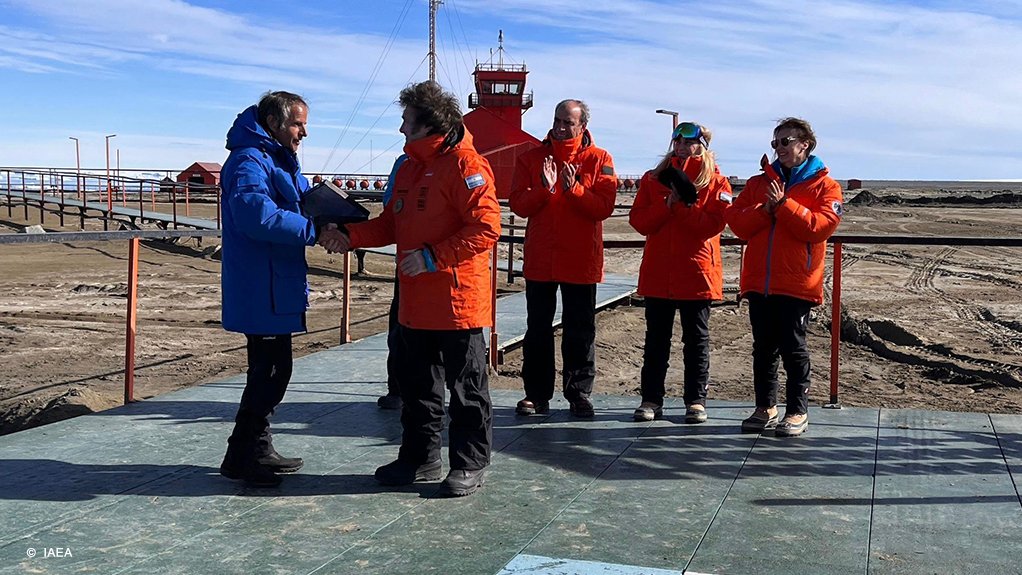
IAEA director-general Rafael Mariano Grossi (left) and Argentinian President Javier Milei (second left) at the Marambio Antarctic base
Photo by IAEA
The International Atomic Energy Agency (IAEA) has launched a mission to research the presence and impact of microplastics in Antarctica. Microplastics are defined as plastic particles with a diameter of less than 5 mm. These were first detected in Antarctica in 2009, in sea ice samples collected in East Antarctica by University of Tasmania (Australia) researchers.
The IAEA mission, which involves two researchers, is part of the agency’s NUTEC Plastics initiative (in full: Nuclear TEChnology for controlling Plastic pollution). This is an outgrowth of the IAEA’s projects to use radiation technology to recycle plastics and to use isotopic tracing techniques for marine monitoring.
“Microplastics are a global problem, but the international community still lacks the scientific data needed to make informed decisions,” highlighted IAEA director-general Rafael Mariano Grossi. “This is the goal of NUTEC Plastics: by understanding the plastic origin, movement and impact, we can make informed decisions on how to address the problem.”
The project is being implemented in cooperation with two Argentinian agencies: the Instituto Antártico Argentino (IAA) and the Dirección Nacional del Antártico. The research team will spend the next month in Antarctica.
The IAEA researchers will collect samples from 22 sites in the area of Argentina’s Carlini scientific research station. These samples will be made up of seawater samples, collected at 12 sites; lake samples, collected at three sites; sediment samples, collected at four sites; and samples collected from three different sandy beaches. They will also collect limpets and clams, and samples of penguin faeces, to investigate the presence of microplastics in Antarctic animals.
After preparation, the samples will be sent to the IAEA Marine Environment Laboratories (in Monaco) for analysis. The number of microplastic particles in each sample will be counted using vibrational spectroscopy. The polymers of which they are composed will be characterised, which hopefully will allow the source of this pollution to be identified.
Samples will also be sent to the IAA laboratory in Buenos Aires. There, latest technology instruments (microscope and spectrometer) have been installed, as part of NUTEC Plastic. The IAEA has also provided training. The intent is to strengthen Argentina’s microplastics research capabilities.
The importance of the project was made clear by the fact that Grossi flew all the way to Argentina’s Marambio and Esperanza Antarctic bases to join Argentinian President Javier Milei to jointly launch it.
Comments
Announcements
What's On
Subscribe to improve your user experience...
Option 1 (equivalent of R125 a month):
Receive a weekly copy of Creamer Media's Engineering News & Mining Weekly magazine
(print copy for those in South Africa and e-magazine for those outside of South Africa)
Receive daily email newsletters
Access to full search results
Access archive of magazine back copies
Access to Projects in Progress
Access to ONE Research Report of your choice in PDF format
Option 2 (equivalent of R375 a month):
All benefits from Option 1
PLUS
Access to Creamer Media's Research Channel Africa for ALL Research Reports, in PDF format, on various industrial and mining sectors
including Electricity; Water; Energy Transition; Hydrogen; Roads, Rail and Ports; Coal; Gold; Platinum; Battery Metals; etc.
Already a subscriber?
Forgotten your password?
Receive weekly copy of Creamer Media's Engineering News & Mining Weekly magazine (print copy for those in South Africa and e-magazine for those outside of South Africa)
➕
Recieve daily email newsletters
➕
Access to full search results
➕
Access archive of magazine back copies
➕
Access to Projects in Progress
➕
Access to ONE Research Report of your choice in PDF format
RESEARCH CHANNEL AFRICA
R4500 (equivalent of R375 a month)
SUBSCRIBEAll benefits from Option 1
➕
Access to Creamer Media's Research Channel Africa for ALL Research Reports on various industrial and mining sectors, in PDF format, including on:
Electricity
➕
Water
➕
Energy Transition
➕
Hydrogen
➕
Roads, Rail and Ports
➕
Coal
➕
Gold
➕
Platinum
➕
Battery Metals
➕
etc.
Receive all benefits from Option 1 or Option 2 delivered to numerous people at your company
➕
Multiple User names and Passwords for simultaneous log-ins
➕
Intranet integration access to all in your organisation





